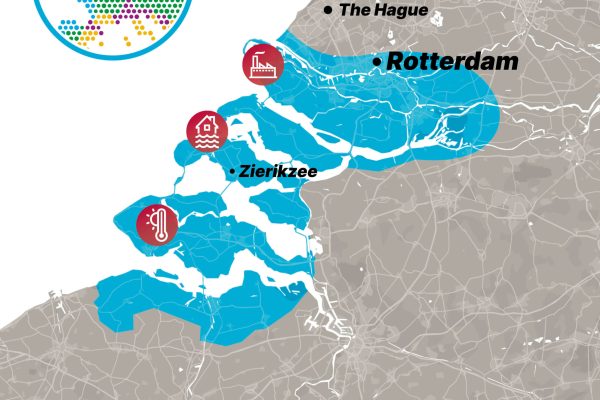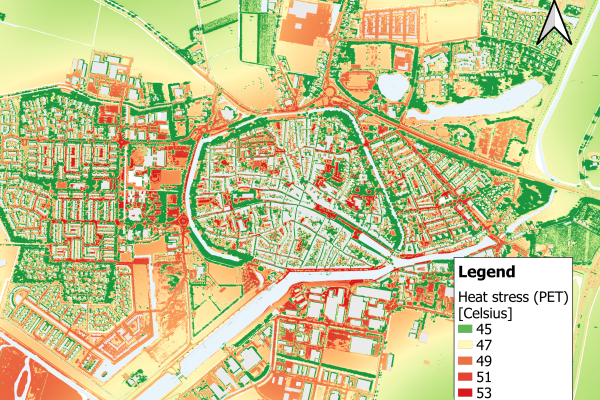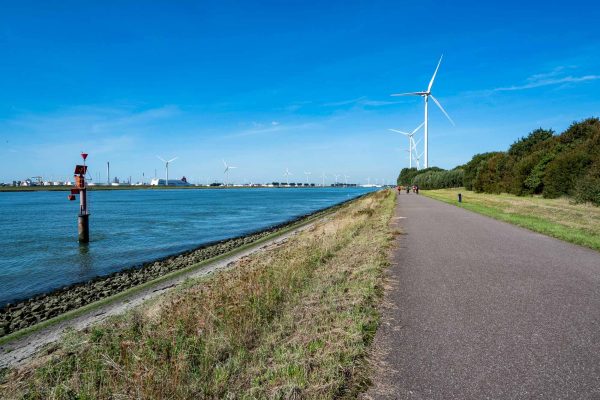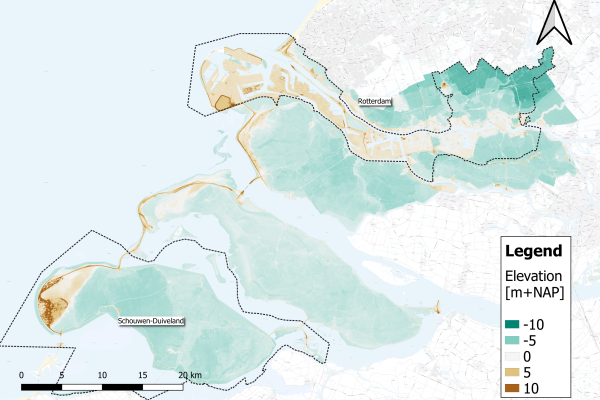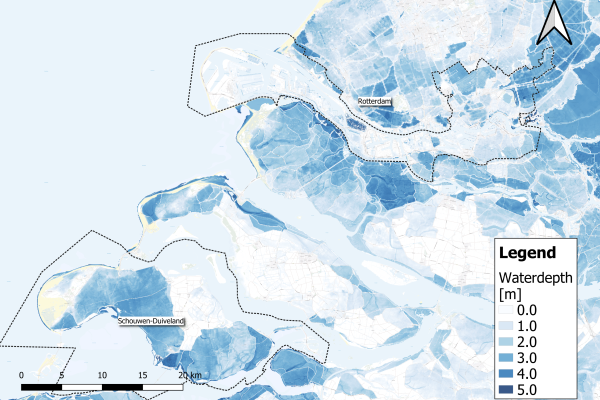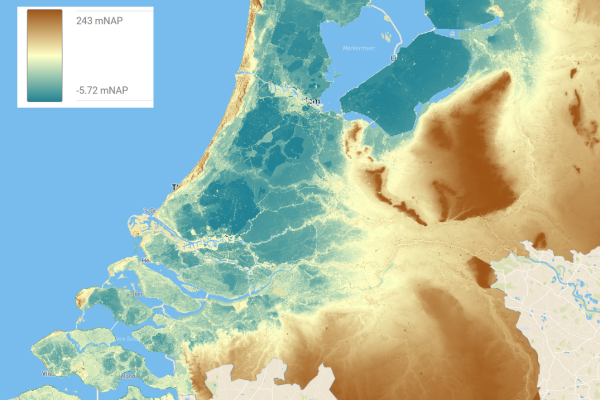Value proposition
Our value proposition lies in leveraging diverse modeling approaches to evaluate measures that support Berlin’s Masterplan Water. By employing both simplified and detailed models, we provide rapid scenario calculations and in-depth assessments of critical factors such as treated wastewater shares, drinking water quality, and the effects of various mitigation strategies on surface water, bank filtration, and groundwater. Our models enable stakeholders to explore future water flow developments, optimize resource use, and identify risks. The results contribute directly to advancing Berlin’s water management strategy, supporting decision-making for targeted measures, such as discharge route planning for treated wastewater. Additionally, we offer enhanced models and visualization tools designed for long-term application by the Senate and BWB. Our modeling outcomes serve as key inputs for interactive stakeholder workshops to ensures effective and sustainable water management solutions.
Situation:
Berlin’s water supply is entirely dependent on local resources, with approximately 70% derived from bank filtration and the remainder from groundwater extraction. The system operates as a partially closed water cycle, where treated wastewater effluent is discharged upstream of waterworks, contributing to available water resources. However, this highly managed system is already under pressure due to naturally low river flows, and the increasing frequency of drought periods has further exacerbated water scarcity. Reduced river flows, driven by prolonged dry periods, directly impact drinking water production, limiting the availability of raw water for bank filtration.
Looking ahead, Berlin faces additional challenges. The planned cessation of groundwater discharge from an open-pit coal mine into the Spree River in 2038 will further reduce available flows, intensifying water scarcity. The region’s transitional climate, influenced by its proximity to the Atlantic, leads to significant variations and uncertainties in climate projections. Recent droughts have already demonstrated that the lower-bound estimates of projected flow scenarios are becoming reality. Additionally, Berlin’s growing population and expanding industrial activities are driving higher water demand, further straining the existing system.
To address these challenges, robust modeling approaches are essential to evaluate future water availability and the effectiveness of potential mitigation measures. Scenario-based modeling can help assess the impacts of climate change, population growth, and policy interventions, providing a scientific foundation for sustainable water resource management in Berlin.




